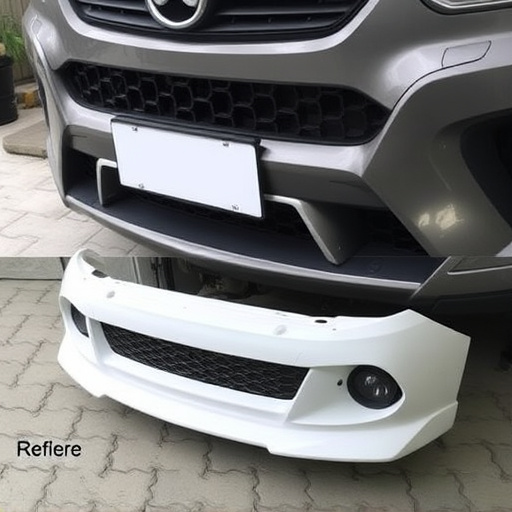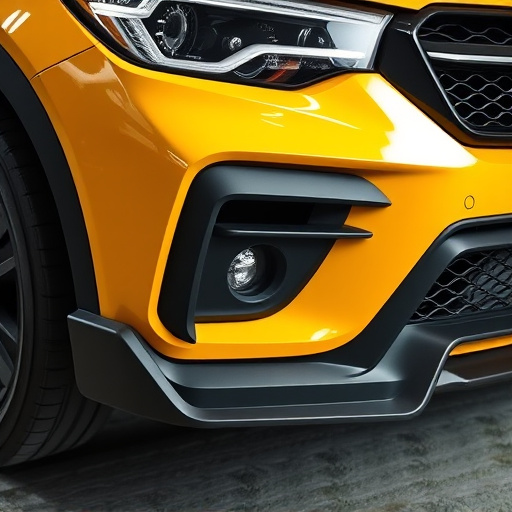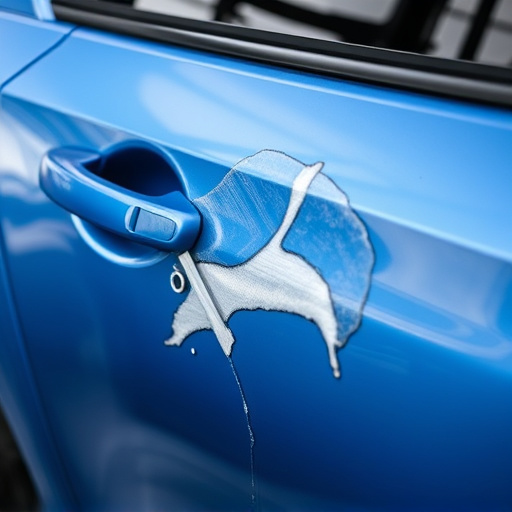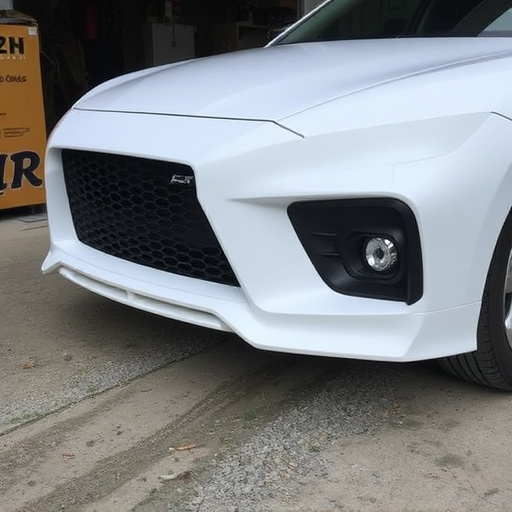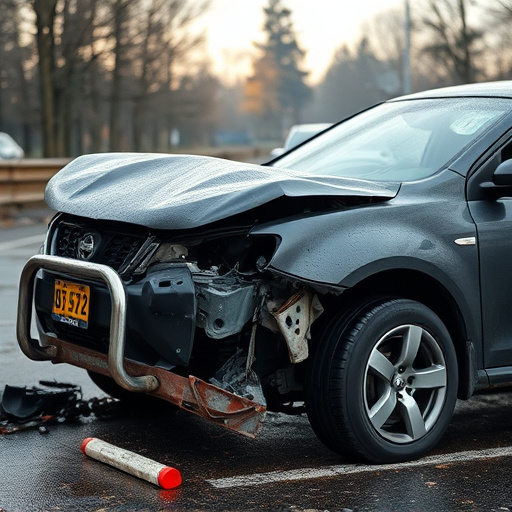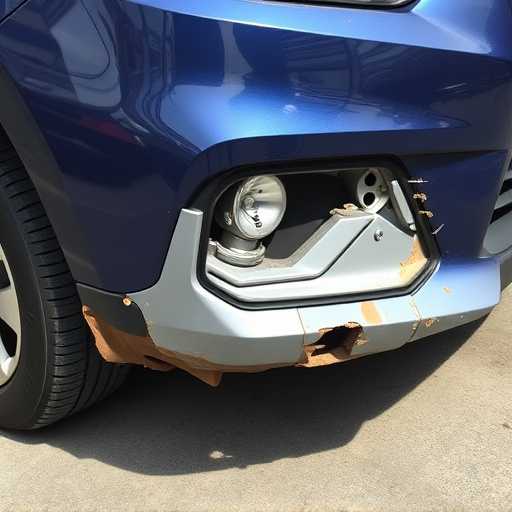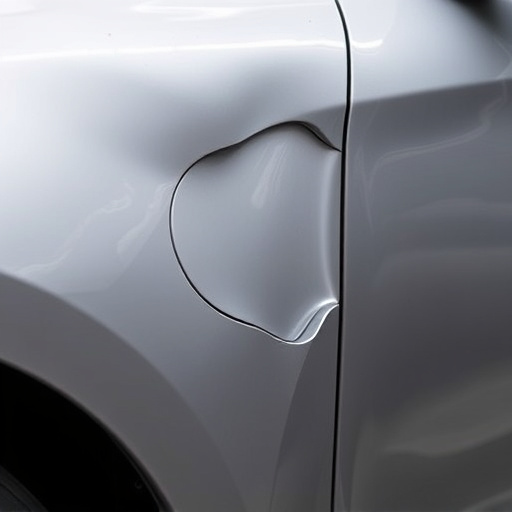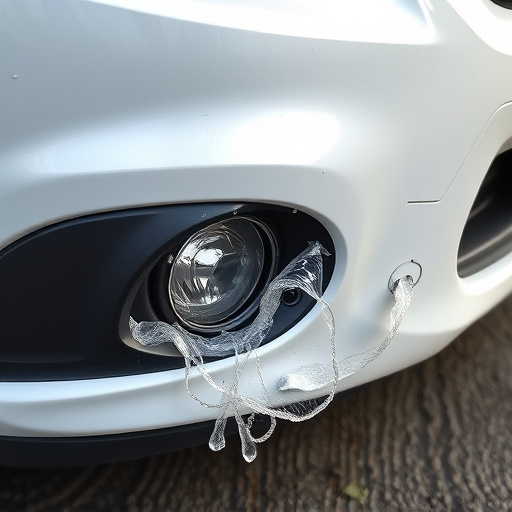Mercedes-Benz has revolutionized automotive manufacturing with its advanced Mercedes factory welding methods. By leveraging state-of-the-art facilities, robotic arms, and sophisticated machinery, they achieve consistent, high-quality welds. These meticulous processes ensure enhanced structural integrity and safety, particularly in collision repair. This commitment to precision sets a new standard in the industry and is a testament to Mercedes' relentless pursuit of excellence.
Mercedes-Benz, renowned for its luxury and innovation, employs sophisticated automated assembly lines that streamline production. Within this process, Mercedes factory welding methods play a pivotal role, ensuring structural integrity and precision. This article delves into the intricate world of Mercedes’ automated assembly lines and explores the advanced welding techniques they utilize. From robotic arms to laser welding, these methods not only enhance efficiency but also contribute to the exceptional quality and safety standards synonymous with Mercedes vehicles.
- Understanding Mercedes' Automated Assembly Line
- The Role of Welding in the Manufacturing Process
- Advanced Welding Techniques and Their Implementation at Mercedes
Understanding Mercedes' Automated Assembly Line

Mercedes-Benz, renowned for its luxury and innovation, has seamlessly integrated advanced welding methods into their automated assembly line, setting a benchmark in vehicle manufacturing. The brand’s commitment to precision and quality is evident through their state-of-the-art facilities, where robotic arms and sophisticated machinery work in harmony. This seamless fusion of technology ensures consistent and high-quality welds across various components, from chassis to body panels.
The automated assembly line at Mercedes factories follows a meticulous process, beginning with material feeding and ending with complex welding operations. Each stage is meticulously designed to streamline production while maintaining exceptional standards. Advanced sensors and computer systems monitor every step, ensuring accuracy in positioning and quality control. This meticulous approach is particularly crucial for collision repair and car body shop processes, where the precision of Mercedes factory welding methods translates directly into a vehicle’s structural integrity and overall safety.
The Role of Welding in the Manufacturing Process

Welding plays a pivotal role in the manufacturing process at Mercedes factories, serving as a critical link between various components that constitute a vehicle. It’s more than just joining metal; it’s about ensuring precision, strength, and structural integrity across every model produced. Automated assembly line protocols have further revolutionized welding techniques, allowing for consistent quality control, faster production times, and minimal human error.
At Mercedes, these advanced methods go beyond basic spot welding to incorporate sophisticated technologies like laser welding and robotic arc welding. Such innovations not only enhance the overall efficiency of the manufacturing process but also contribute to the superior build quality that Mercedes is renowned for. This attention to detail and commitment to excellence are what set the brand apart from its competitors, making it a preferred choice for those seeking reliable and high-quality vehicle repairs, whether at a trusted auto repair near them or in a state-of-the-art car repair shop.
Advanced Welding Techniques and Their Implementation at Mercedes

Mercedes factories employ advanced welding methods, seamlessly integrated into their automated assembly line protocols, to ensure high-quality and efficient vehicle manufacturing. These techniques, such as laser welding and robotic arc welding, not only enhance structural integrity but also contribute to the overall precision and speed of the production process. Understanding these Mercedes factory welding methods provides insight into how the company maintains its reputation for excellence in automotive engineering.




